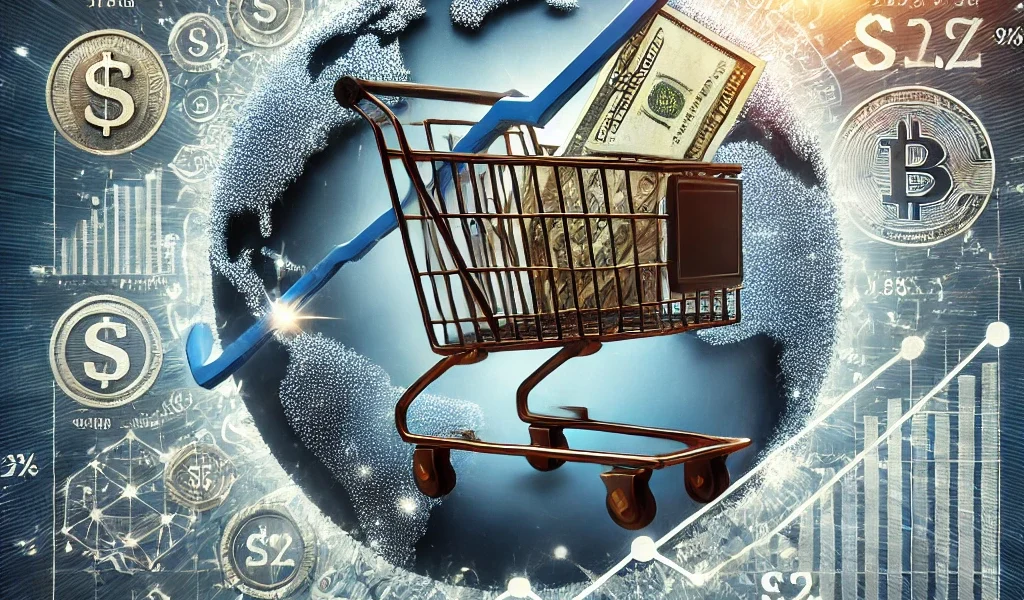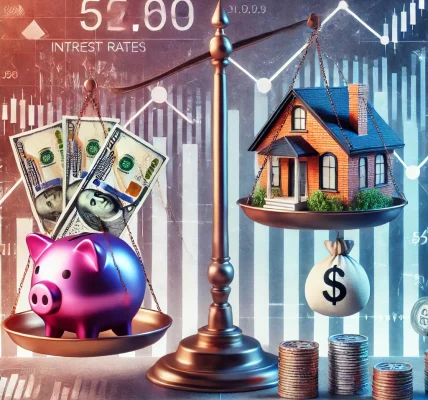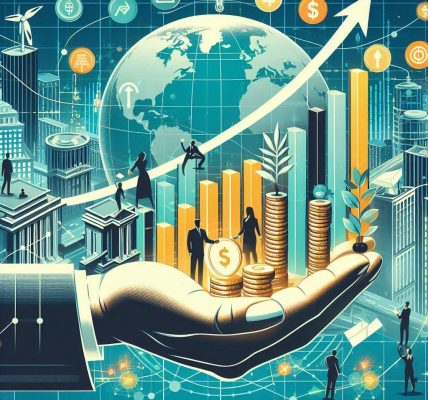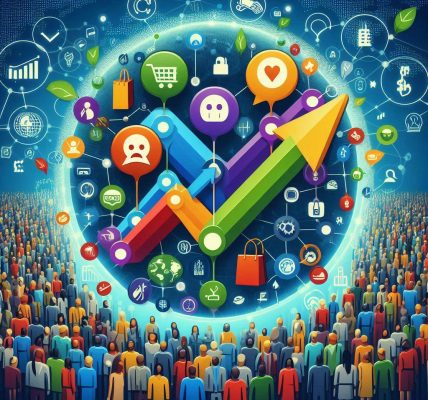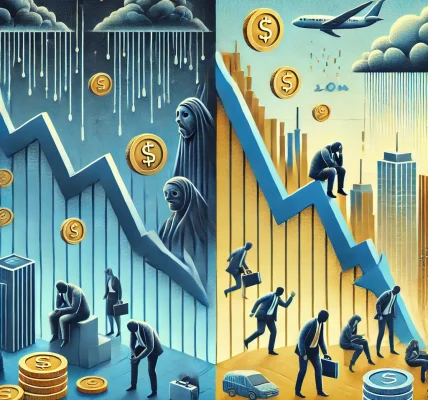Introduction
Inflation has become a defining economic issue in recent years, affecting everything from global trade to household budgets. As prices for goods and services rise, businesses, investors, and consumers are forced to adjust their strategies. Understanding how inflation is reshaping global markets and influencing consumer spending is crucial for making informed financial decisions.
In this blog, we will explore the causes of inflation, its impact on different sectors, how businesses are responding, and what consumers can do to navigate this economic challenge.
What is Inflation?
Inflation is the rate at which the general level of prices for goods and services rises, leading to a decrease in purchasing power. Moderate inflation is considered normal in a growing economy, but when it accelerates too quickly, it can create financial instability.
Key Causes of Inflation
- Supply Chain Disruptions – Shortages of raw materials, transportation bottlenecks, and labor shortages drive up costs for businesses.
- Increased Demand – When consumer spending is high, businesses struggle to keep up with demand, pushing prices higher.
- Rising Energy Costs – Oil and gas prices significantly impact production and transportation costs, leading to inflation across industries.
- Monetary Policy – Central banks influence inflation through interest rates and money supply adjustments.
- Geopolitical Conflicts – Wars, trade restrictions, and sanctions can limit access to resources, leading to price surges.
How Inflation is Reshaping Global Markets
1. Stock Market Volatility
High inflation affects investor confidence, leading to market fluctuations. Growth stocks, which rely on future earnings, tend to suffer as borrowing costs rise. On the other hand, sectors like energy and commodities often benefit from inflation.
2. Real Estate and Housing Markets
Rising inflation leads to higher mortgage rates, making homeownership more expensive. This reduces demand in the housing market, slowing price growth. However, real estate investors often turn to rental properties as a hedge against inflation.
3. Commodities Boom
Inflation tends to drive up the prices of commodities such as oil, gold, and agricultural products. Investors flock to these assets as safe havens during economic uncertainty.
4. Currency Devaluation and Exchange Rates
Countries with high inflation often see their currencies weaken, making imports more expensive. This can lead to trade imbalances, where nations struggle to maintain economic stability.
5. Impact on Business Investments
Inflation increases operational costs for businesses, affecting profit margins. Companies may delay expansions, reduce hiring, or pass higher costs onto consumers through price hikes.
How Inflation is Changing Consumer Spending Habits
1. Shift to Essential Goods
Consumers prioritize necessities such as food, rent, and healthcare over discretionary spending on luxury items and entertainment.
2. Increased Price Sensitivity
Shoppers are more focused on discounts, promotions, and generic brands rather than premium products. Retailers are responding with aggressive marketing strategies to retain customers.
3. Rise in Credit Card Usage
As daily expenses increase, more people rely on credit cards and buy-now-pay-later (BNPL) services, leading to higher household debt levels.
4. Growth of Second-Hand and Sharing Economies
Consumers are turning to thrift stores, second-hand markets, and shared economy services (e.g., carpooling, renting instead of buying) to manage expenses.
5. Reduced Travel and Leisure Spending
Inflation has made travel, dining, and entertainment more expensive. Consumers are opting for budget-friendly experiences or postponing major trips.
How Businesses Are Adapting to Inflation
1. Price Adjustments
Many businesses are gradually increasing prices to offset higher costs. Some adopt shrinkflation, reducing product sizes while maintaining prices to minimize consumer backlash.
2. Supply Chain Optimization
Companies are diversifying suppliers, sourcing locally, and investing in logistics technology to reduce costs and mitigate supply disruptions.
3. Workforce Management
Businesses are increasing wages to retain employees but may also cut costs by automating processes, reducing staff, or outsourcing operations.
4. Digital Transformation
E-commerce and digital payments are expanding as businesses seek cost-efficient ways to serve customers and optimize operations.
5. Customer Retention Strategies
Loyalty programs, subscription models, and personalized discounts are being used to retain customers who might otherwise cut back on spending.
Strategies for Consumers to Cope with Inflation
1. Budgeting Wisely
Tracking expenses and prioritizing needs over wants can help consumers manage rising costs effectively.
2. Seeking Additional Income Streams
Side hustles, freelancing, or part-time jobs can provide extra financial security during inflationary periods.
3. Reducing Debt
Paying off high-interest debt helps consumers avoid increasing financial strain as borrowing costs rise.
4. Investing in Inflation-Protected Assets
Investing in commodities, real estate, or Treasury Inflation-Protected Securities (TIPS) can help protect savings against inflation’s impact.
5. Exploring Cost-Saving Alternatives
Consumers can cut costs by carpooling, cooking at home, or switching to energy-efficient appliances to reduce monthly expenses.
Conclusion
Inflation is reshaping global markets and altering consumer behavior in significant ways. While businesses and individuals face financial challenges, strategic planning and adaptability can help mitigate inflation’s impact.
For businesses, adjusting pricing strategies, optimizing supply chains, and embracing digital transformation can ensure resilience. For consumers, budgeting, smart investing, and debt management are key to maintaining financial stability.
As inflation continues to influence economic trends, staying informed and making proactive decisions will be crucial for navigating this evolving landscape.
